SOURCE: IDRW.ORG TEAM.

Researchers from the Indian Institutes of Technology (IIT) Mandi and Palakkad have unveiled a groundbreaking innovation – a marine robot designed specifically for real-time underwater tasks. This state-of-the-the-art robot promises to revolutionize underwater operations by enhancing efficiency, reducing risks, and minimizing costs.
The robot’s key strength lies in its ability to address problems in real-time. Unlike traditional methods, which may involve human divers or bulky remotely operated vehicles (ROVs), this robot offers a more agile and adaptable solution. It can quickly assess situations and provide immediate feedback, allowing for faster decision-making and problem-solving during underwater operations.
Continue readingSOURCE: IDRW.ORG TEAM.
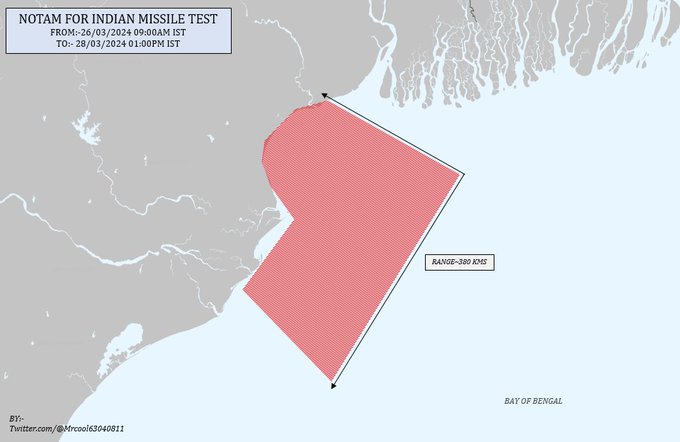
@Mrcool63040811
India’s recent issuance of a Notice to Airmen (NOTAM) for a missile test in the Bay of Bengal has sparked speculation and interest in the defense community. Scheduled from March 26th to April 28th, 2024, with a designated area spanning 380 kilometers, the test has piqued curiosity regarding the nature and capabilities of the missile being tested. While speculation abounds, the specifics of the test remain shrouded in secrecy until its completion.
The issuance of a NOTAM for a missile test is not uncommon, especially for countries actively engaged in the development and testing of military hardware. In the case of India’s recent NOTAM, the designated area in the Bay of Bengal indicates that the test will likely involve the firing of a missile over a specified trajectory within the designated range.
Continue readingSOURCE: AFI
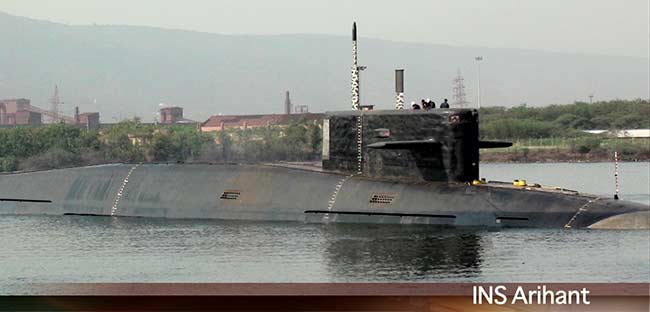
According to Kris Osborn, President of the Center for Military Modernization, the existence of Indian nuclear-armed ballistic missile submarines (SSBNs) holds significant value for the Pentagon’s Indo-Pacific strategy and overall deterrence posture in the region.
India’s Arihant-class submarines are the nation’s first indigenously developed SSBNs. While the exact number of operational Arihant submarines remains classified, their existence strengthens India’s nuclear deterrence capabilities and contributes to regional stability.
Continue readingSOURCE: AFI

Nuclear reactors offer a powerful source of electricity generation. However, a traditional concern is the limited use of fuel and the creation of spent fuel waste. India’s Fast Breeder Reactor program tackles these issues head-on, aiming for efficient fuel usage and reduced waste.
Unlike conventional reactors that solely use readily fissionable uranium-235, a fast breeder reactor (FBR) goes a step further. It creates more fuel than it consumes while generating electricity. This “breeding” process is achieved by utilizing alternative fuel sources like uranium-238 or thorium, which are more abundant in nature.
Continue readingSOURCE: AFI

The Indian Space Research Organisation (ISRO) is preparing for a critical mission that will test a key technology for its ambitions of enabling a sustained human presence in space. This mission involves a landing experiment (LEX) for a scaled-down Reusable Launch Vehicle (RLV) scheduled to take place at the Aeronautical Test Range (ATR) in Challakere, Chitradurga, Karnataka.
ISRO Chairman S. Somanath confirmed the upcoming LEX, highlighting its significance. Reusable Launch Vehicles offer a significant cost advantage over traditional expendable launch vehicles. By being reusable, RLVs can drastically reduce the cost of space missions, making space exploration more sustainable in the long run.
Continue readingSOURCE: RAUNAK KUNDE / NEWS BEAT / IDRW.ORG

India’s long-awaited AMCA (Advanced Medium Combat Aircraft) program has received a critical boost with government approval for its development. This domestically produced 5th generation fighter jet signifies a significant leap forward in India’s quest for self-reliance in advanced aerospace technology.
The initial stages of production will involve Hindustan Aeronautics Limited (HAL), India’s state-owned aerospace and defence company. HAL will be responsible for manufacturing prototypes and pre-production aircraft, laying the groundwork for full-scale production.
Continue readingSOURCE: RAUNAK KUNDE / NEWS BEAT / IDRW.ORG
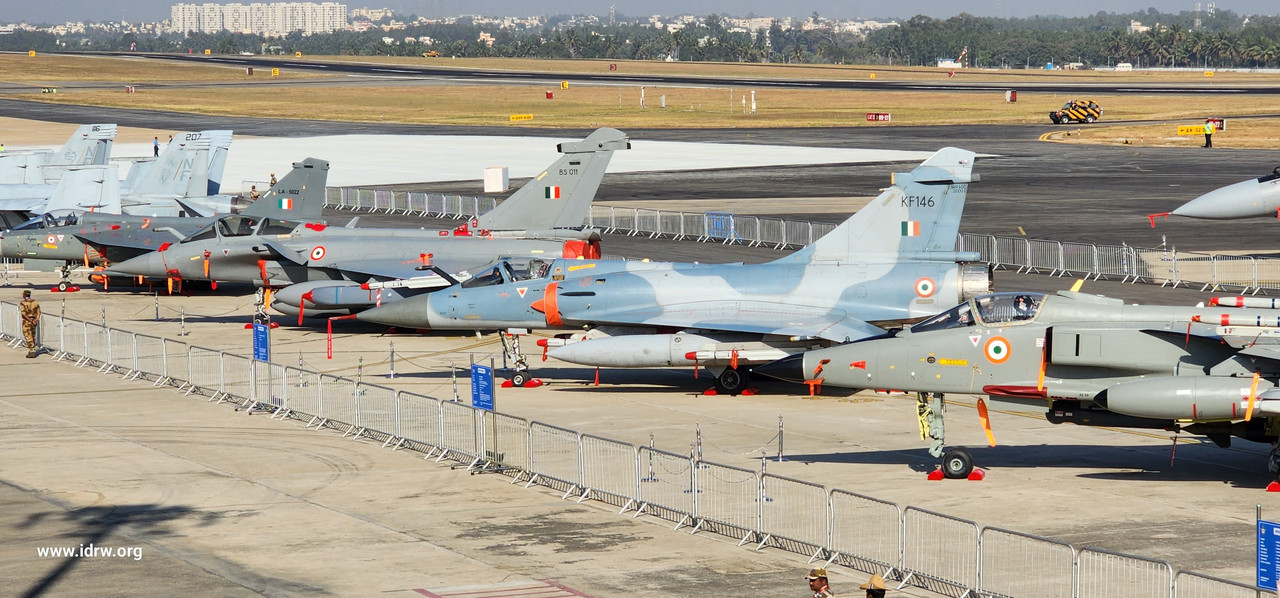
French aviation giant Dassault is caught in a conundrum. With a staggering backlog of 211 Rafale fighter jets 141 for export and 70 for the French Air Force by the end of 2023, the company is yearning to ramp up production to meet the surging demand. However, a combination of factors threatens to turn this ambition into a ten-year wait for deliveries.
Dassault aspires to increase production from the current rate of 13 jets per year to 20. This would significantly reduce the backlog, but even at this pace, clearing the current queue would take a decade. Potential new customers, particularly those seeking swift deliveries, might be discouraged by this extended wait time.
Continue readingSOURCE: RAUNAK KUNDE / NEWS BEAT / IDRW.ORG
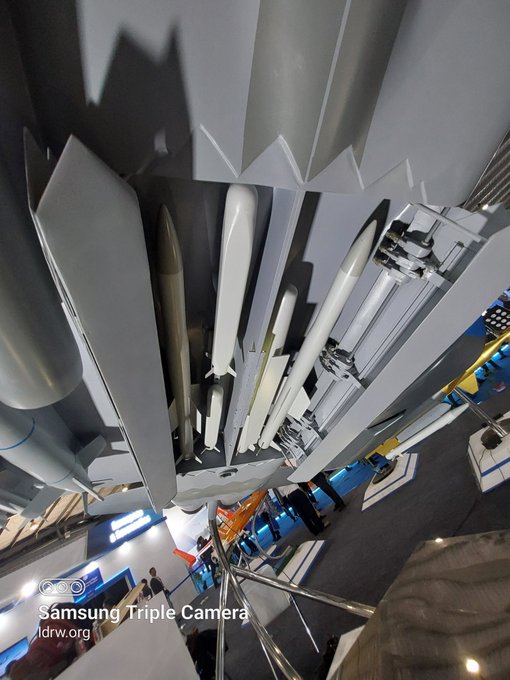
India’s ambitious AMCA (Advanced Medium Combat Aircraft) program is taking a significant leap forward with state-owned MIDHANI and DRDO’s Defence Metallurgical Research Laboratory (DMRL) at the forefront of developing next-generation alloys for its stealthy aerostructures. These cutting-edge materials will be instrumental in making the AMCA a formidable 5th-generation fighter jet, evading enemy radar detection.
MIDHANI is no stranger to contributing to India’s indigenous aircraft development. They have already successfully developed and supplied crucial materials for the AMCA program, including 12 slabs of titanium. This showcases their expertise in crafting specialized alloys that meet the demanding specifications of advanced fighter jets.
Continue readingSOURCE: AFI
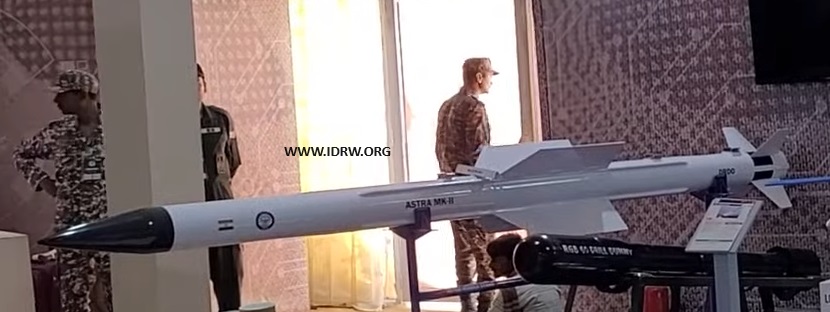
India’s upcoming Astra MKII Beyond-Visual-Range Air-to-Air Missile (BVRAAM) was indeed showcased at the Exercise Bharat Shakti in Pokhran, Rajasthan, on March 12, 2024. This marks a significant development in India’s indigenous air defense capabilities.
The Astra MKII BVRAAM, boasting a range of 160 kilometers, is still under development. However, upon completion, it is poised to become the mainstay of India’s air-to-air missile arsenal in the coming years. This indigenous weapon system will provide the Indian Air Force with a critical edge in beyond-visual-range aerial engagements.
Continue readingSOURCE: IDRW.ORG TEAM.
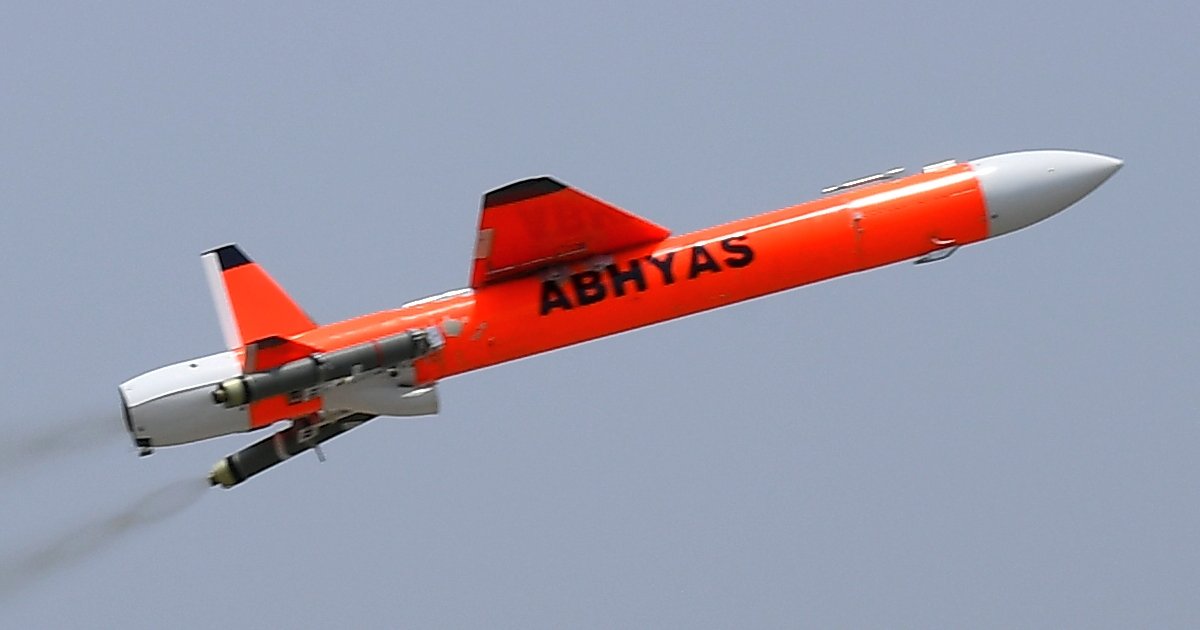
India’s Defence Research and Development Organisation (DRDO) has achieved a significant milestone with the successful completion of recent flight trials of the high-speed expendable aerial target (HEAT) named ‘ABHYAS.’
Conducted at the Integrated Test Range in Odisha, the trials focused on achieving key mission objectives. This included validating the effectiveness of a revised, robust configuration utilizing a single booster design. This streamlined approach not only reduces complexity but also paves the way for cost-effective production.
Continue readingSOURCE: IDRW.ORG TEAM.

Indian jet engine startup Dg Propulsion Private Limited (DPPL) has achieved a significant milestone with its second patent, titled “A Power System for a Hybrid Electric Vehicle Comprising Micro Gas Turbine and Fuel Cell.” This innovative technology holds the potential to revolutionize the future of mobility by offering enhanced efficiency, reduced emissions, and a cleaner environment.
According to DPPL founder Prateek Dhawan, “The integration of a micro gas turbine and fuel cell in a hybrid electric vehicle promises enhanced efficiency, reduced emissions, and a cleaner future for mobility.” This hybrid system combines the best of both worlds: a fuel cell provides a quick response like a battery, while a micro gas turbine extends the vehicle’s range significantly.
Continue readingSOURCE: IDRW.ORG

In a development raising concerns, a Pakistani Navy ship, PNS Rizwan (A294), has been spotted undertaking an inward journey from China. While the exact purpose of the voyage remains unclear, analysts believe it could be linked to intelligence gathering activities in the Arabian Sea.
The ship’s features, as reported by Open Source Naval Intelligence Tracker (OSNIT), point towards potential espionage applications. The presence of tracking radars suggests the vessel might be equipped for telemetry and intelligence collection.
Continue readingSOURCE: AFI
:quality(70)/cloudfront-us-east-1.images.arcpublishing.com/archetype/4GCO24O3TZFPJO3WZ5ZTOYH3QA.jpg)
A recent commentary by Dr. Zafar Nawaz Jaspal, a Pakistani analyst and professor, sheds light on how Pakistan perceives India’s successful test of the Agni-V missile equipped with Multiple Independently Targetable Reentry Vehicle (MIRV) technology.
Dr. Jaspal, writing for Arab News, expresses concern over the implications of this test for Pakistan’s security. He argues that the MIRV technology increases India’s offensive capabilities, bringing cities like Beijing, Shanghai, and Islamabad within range of a single missile launch.
Continue readingSOURCE: RAUNAK KUNDE / NEWS BEAT / IDRW.ORG

Nearly twelve years have passed since India first tested its Agni-V Intercontinental Ballistic Missile (ICBM) in 2012, marking a significant milestone in the country’s strategic defense capabilities. Since then, the Agni missile series has undergone several advancements, culminating in the recent testing of the Agni-V Multiple Independently Targetable Re-entry Vehicle (MIRV) variant in 2024.
The journey of the Agni missile series began with the testing of the Agni-V ICBM in 2012, providing India with the capability to strike targets anywhere within mainland China. Despite capping its range at 5000km initially, subsequent advancements and modifications have enhanced the missile’s capabilities significantly. Though officially capped at 5,000 km, analysts believe the technology could potentially reach 8,000 km with a lighter payload.
Continue readingSOURCE: RAUNAK KUNDE / NEWS BEAT / IDRW.ORG
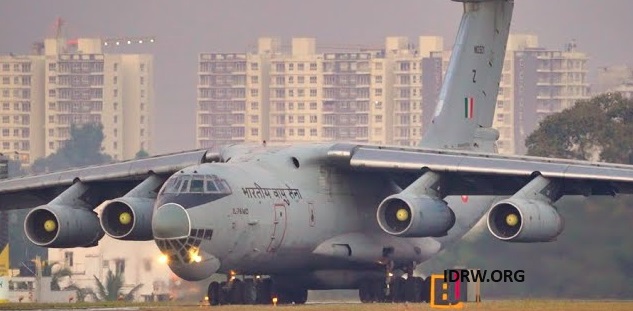
India’s fleet of IL-76 heavy transport aircraft, procured from the Soviet Union in the 1980s, are nearing the end of their service life. To address this, India is in discussions with Russia to undertake a significant overhaul program.
The IL-76 fleet, nearing 40 years of service, faces issues with Low availability due to Existing D-30KP engines that contribute to limited operational time along with that it also has Outdated avionics that are Incompatibility with modern civilian air traffic control systems that restricts its operation in international airspace.
Continue reading